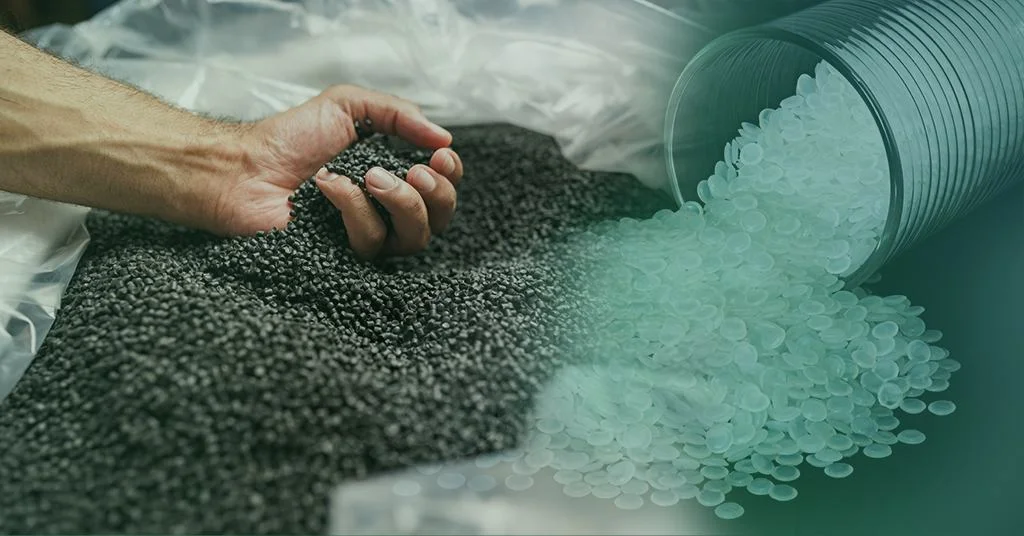European Chlorinated PVC Market Faces Downturn Amid Recessionary Conditions and Declining Construction Activities
- 30-Aug-2023 5:26 PM
- Journalist: Harold Finch
Prices of Chlorinated PVC have witnessed a bearish situation across the European market, with prices declining by an average of 1.7% across the Netherlands, Germany, and the United Kingdom, which was complemented by declining prices of upstream PVC and chlorine, which also recorded a declination of an average of 5.5% and 2%, respectively. Ongoing recessionary conditions prevailed across Europe, which left trade activities mostly diminished, along with the underperformance of downstream piping and construction industries, which left many inventories of Chlorinated PVC unused.
Construction activities were mostly halted, negatively impacting the plumbing industry's demand for Chlorinated PVC pipes. Anticipation of high export orders of Chlorinated PVC from the Asian market was yet to materialize as construction activities showed slight improvements because of improving weather conditions across China. Key market players of Chlorinated PVC have reported a decline in profit margins of more than 5% and net sales volume being down by 3%. Recessionary conditions are likely to extend towards the 4th quarter, which may continue to impact prices as economic conditions across Europe are unlikely to recover in 2023. Chlorinated PVC finds its prime applications in industrial piping, fire retardant sprinklers, and radiators in the construction industry, which had looked grim since the entry of the European economy into recession at the beginning of 2023.
Chlorinated PVC prices have continued to follow a bearish trend since February 2023 as industrial activities continue to diminish across Europe. This was largely evidenced by declining manufacturing outputs by almost 8% in the Netherlands, an expected decline of approximately 3% in the export orders to the European Union from Germany, and declining construction PMI in the UK by almost 4%, with further depreciations being anticipated. Production cuts of Chlorinated PVC and PVC are being expected in Germany as key market players prepare for a turnaround in their key production sites as prices feedstock crude oil and LNG costs are likely to increase additional costs in the face of largely underutilizing demand.
High inflationary rates, that is, over 6% in Germany and the UK and approximately 4% in the Netherlands, are likely to induce a negative purchasing mentality amongst buyers across the European Union, thus indicating low demand for Chlorinated PVC in the international market. Ample supplies have been recorded to be present as industrial demand is weak, along with declining housing PMI by over 5% in the Netherlands and across the European Union, which have reduced purchasing activities in the region. Overall, the prices of Chlorinated PVC are likely to exhibit a bearish trend because of prevailing recessionary conditions across Europe, with a currently oversupplied market.



